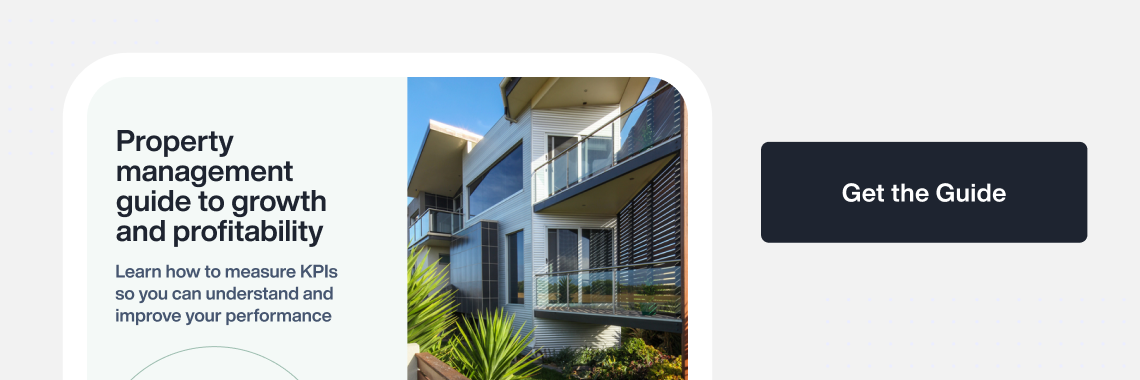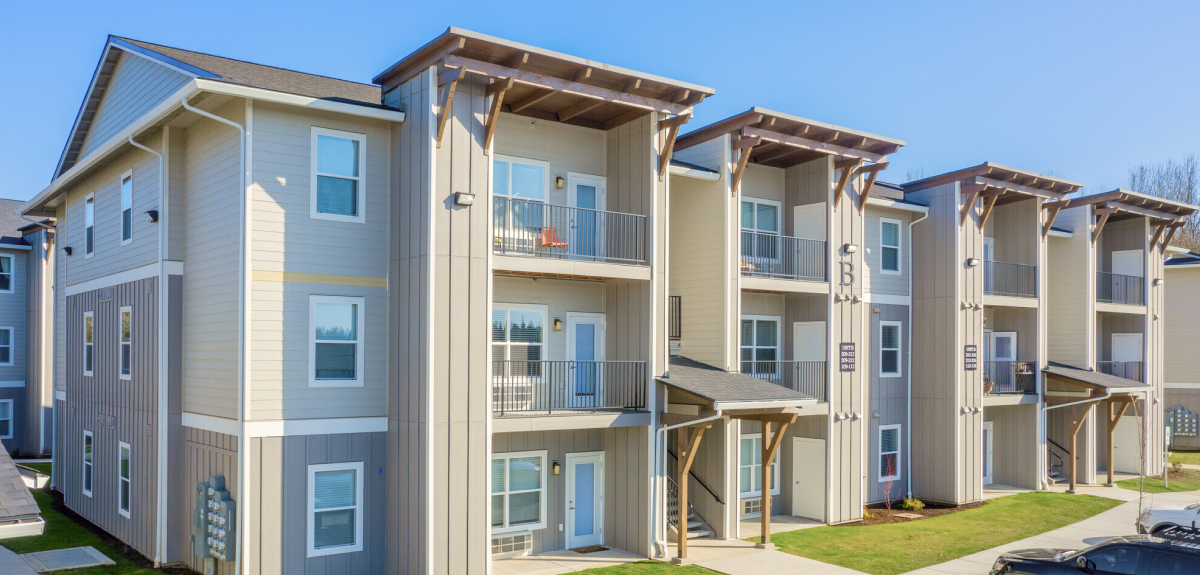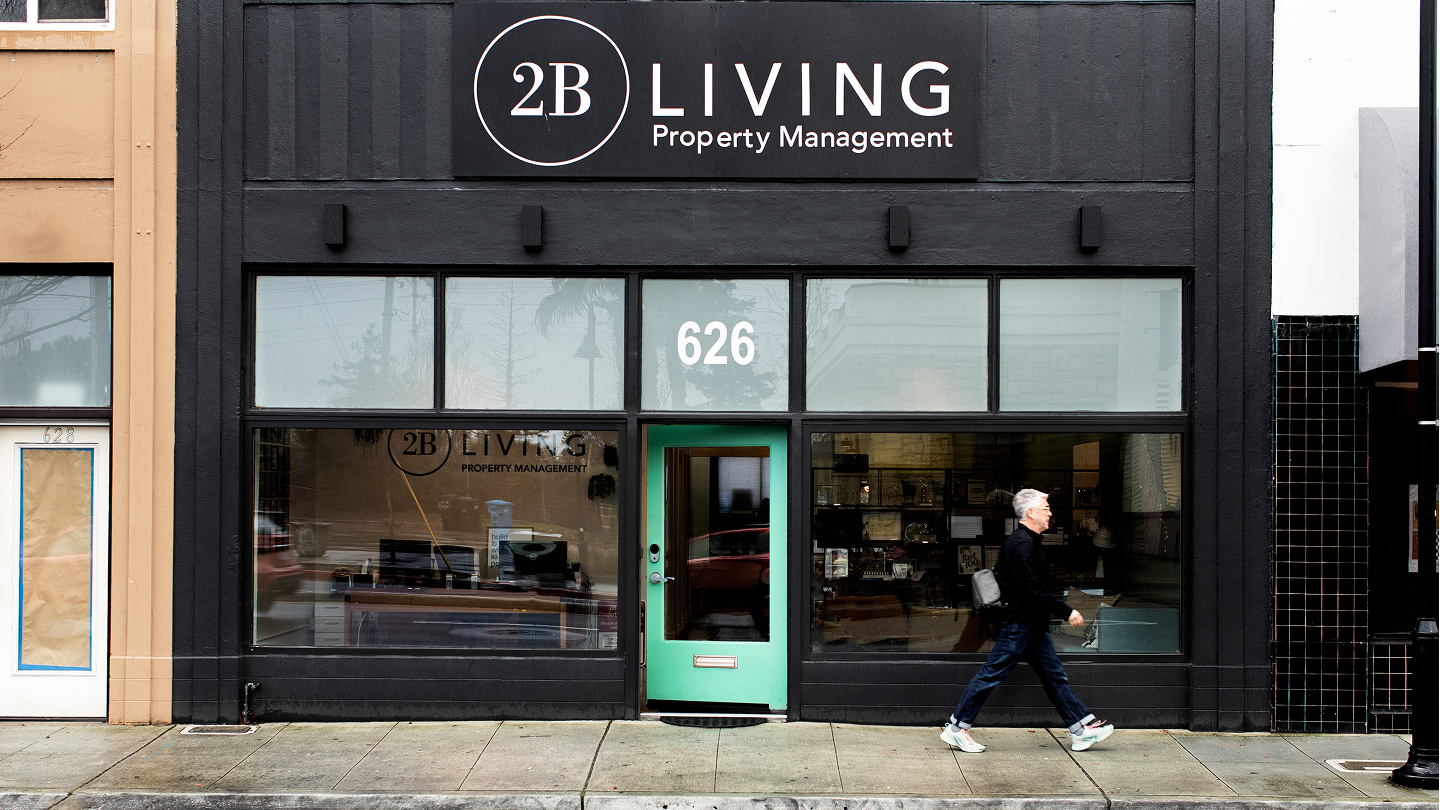Published on June 22nd, 2022
By Kyle Triplett
With the rise of digital technology across all industries, consumer expectations have risen — and property management is no different. Additionally, the high renter demand we’re seeing this leasing season has only increased the need for rental housing operators to offer a streamlined, efficient online experience.
Here at AppFolio we conducted a national survey that found that 30% of renters want “responsiveness, flexibility and technology” to be a higher priority post-pandemic. One way that many operators have sought to provide this is by adopting the latest innovative proptech solutions in categories that directly benefit the renter experience, such as sophisticated building access solutions, CRM, maintenance request platforms, and much more.
Yet, we’ve also found that many in our industry have not fully realized the benefits of these solutions, due to the difficulties that often arise when integrating them with their core property management systems. In a survey of CIOs/heads of IT for PM companies conducted by the National Multifamily Housing Council, “integrations” were cited as the number one technology challenge (34.8%). Because they create inefficiencies like double data entry, extra workflow steps for onsite teams, and data inaccuracies, poorly designed software integrations can actually result in a worse experience, for staff and residents alike.
However, at AppFolio we saw a better way to solve this problem — that balances the dual requirements of embracing the latest in proptech innovation while preserving an excellent experience for residents and your team. To provide some context into our approach, let’s start with a bit of background on why integrations, as our industry has known them until now, are so often a number one technology challenge.
Reliability & Stability
While it’s clear that our industry recognizes how critical it is to stay on top of tech adoption as new innovation comes to the market, traditional property management software providers have not always made it easy for operators to add these solutions into their tech stacks. Scores of new proptech startups have risen to meet customer needs, but even the most tech-savvy early adopters have found their efforts hamstrung by the limitations of legacy platforms offering clunky or poorly supported integrations.
Although some PMS providers have offered open APIs to support a wide variety of integrations, problems arise from this laissez-faire approach. With the responsibility of developing and supporting the PMS integration often placed solely upon the proptech solution provider, and minimal oversight from the PMS, the resulting integrations are often error-filled, require manual workarounds, and result in a poor tech support experience with a lack of accountability for solutions from both parties. This often results in customers being shuffled inefficiently between the PMS and the secondary vendor, wasting time and money without a resolution to the problem.
The problem is only amplified when the core technology the integration is built upon does not provide a reliable foundation — as is the underlying problem with many legacy property management platforms.
Eliminating Redundant Work
Firms in our industry, and their employees, both recognize the need for increasing automation and reliable, tech-driven workflows to deliver better customer service in a world that’s both recovering from a global crisis and noticeably more tech-centric. Yet, saddled with outdated tools, they might find technology to be more of a burden than a benefit. Poor software integrations are another one of the primary culprits.
When an integration between two software systems does not thoroughly account for the experience of the end user whose workflows it will affect, the all-too-common outcome is a more complicated experience. This manifests in many ways, from requiring leasing agents to manually enter incoming lead info into multiple systems, to having accountants manually generate reports that standardize disparate data from multiple sources.
These lopsided arrangements make for more, often redundant work, more labor, and less time to do what matters.
When we surveyed property management employees, we found that over 40% of their time is spent on what they believe is busywork. When asked “In a typical week, approximately how many hours do you spend on tasks that you believe could be optimized or streamlined through the use of technology?” respondents answered with an average of 14 hours. That’s nearly 2 days, or 35% of a 40-hour work week.
Whether caused by poorly integrated software, or by software that simply isn’t modern, intuitive and easy-to-use, these inefficiencies are costly — and they have an impact on employee satisfaction.
In our research, we also learned that 78% of satisfied employees were also satisfied with the technology they use in their role, versus just 56% of employees not satisfied in their role who are satisfied with the technology their company uses.
Enter: AppFolio Stack
Despite the bold promises around integrations that our industry has seen, the reality is that many of these “solutions” are actually creating wider gaps in day-to-day operations. We know that this does not have to be the case — and our latest targeted approach to integrations solves this efficiency problem, opening the door to mature, capable partnerships with proven and trusted vendors.
AppFolio Stack™, our new integration marketplace, enables AppFolio Property Manager users to seamlessly incorporate innovative proptech solutions into their stack and solve even more of their business challenges.
The new marketplace builds upon AppFolio’s intuitive interface and provides the specialized solutions you need to manage complex portfolios and run your entire business from a centralized hub. Initial partnerships with top PropTech solution providers include ButterflyMX (access controls), Conservice (utility management), HappyCo (inspection and management) Knock (performance management), Lowe’s (e-procurement) and Property Meld (maintenance software), among several others.
This is just the beginning — we’re excited to continue adding innovative partners to our marketplace.
The AppFolio Way
So, how does our approach to integrations steer clear of the pitfalls I just mentioned?
First of all, we believe that certification is a necessary step for integration, but that partnership should not stop there — each integration that we have included in AppFolio Stack™ is the result of a close collaboration between our development teams, prioritizing the experience of the end user. Our teams focus closely on how the functionality of each integration will affect day to day workflows for property management teams, and introduce thoughtful solutions to avoid adding inefficiencies to key processes, which protects data integrity and portfolio-wide consistency in following best practices. And because our trusted partners have direct access to collaborate with our developers, they’ll have the tools and information needed to develop stable integrations built upon a strong and reliable system architecture — minimizing the risk of error-prone integrations.
Additionally, our shared customers will have a fundamentally different experience when it comes to ongoing support. Because each integration is developed and maintained through a close working relationship with each partner, customers who have questions or concerns will not need to go back and forth between their property management system and a secondary vendor to get answers — they’ll have a single, accountable technology partner in us, with additional support from our network of trusted vendors.
Although AppFolio Stack™ is a new offering, the level of partnership and support that our customers receive is as familiar as ever. Brian Theobald is the Chief Administrative Officer at LBPM, a full service property management company in Los Angeles with more than 14,000 units. When sharing with us the efficiency gains that he expects AppFolio Stack™ will unlock in his business, Brian said, “we’re looking forward to maximizing our team’s productivity and improving the experience for our residents… The fact that AppFolio thoroughly tests and certifies each integration gives us the confidence that we can deliver the best experience possible for our teams and residents.”
Giving our customers the tools and support they need to deliver a great experience for their residents, owners, and team members is what makes us tick — and with the introduction of AppFolio Stack™, we’re excited to extend that same customer-focused approach to innovation to solve a major problem in the property management industry. For more ideas on how to sustainably grow your business, download our free guide below.










Comments by Kyle Triplett